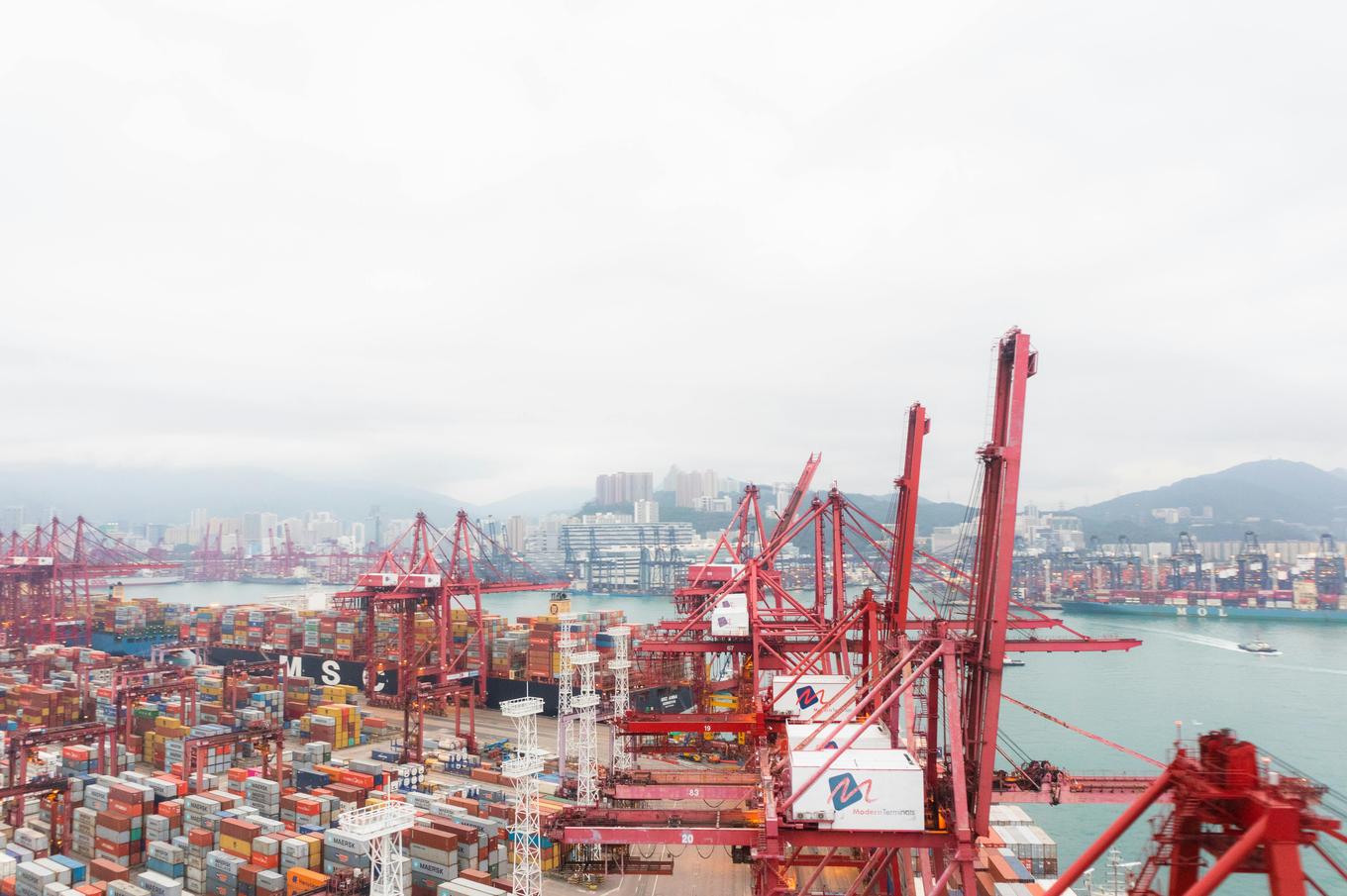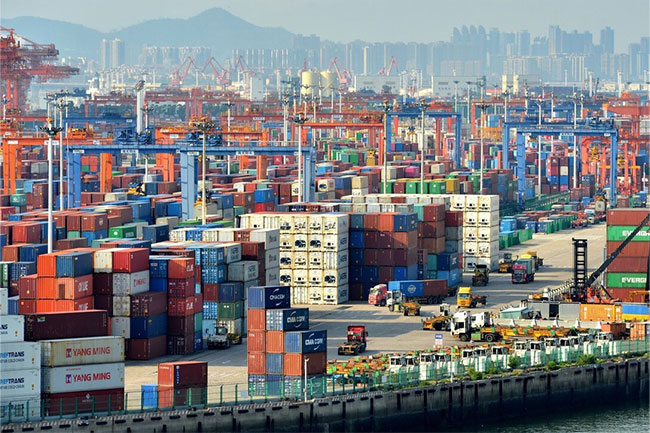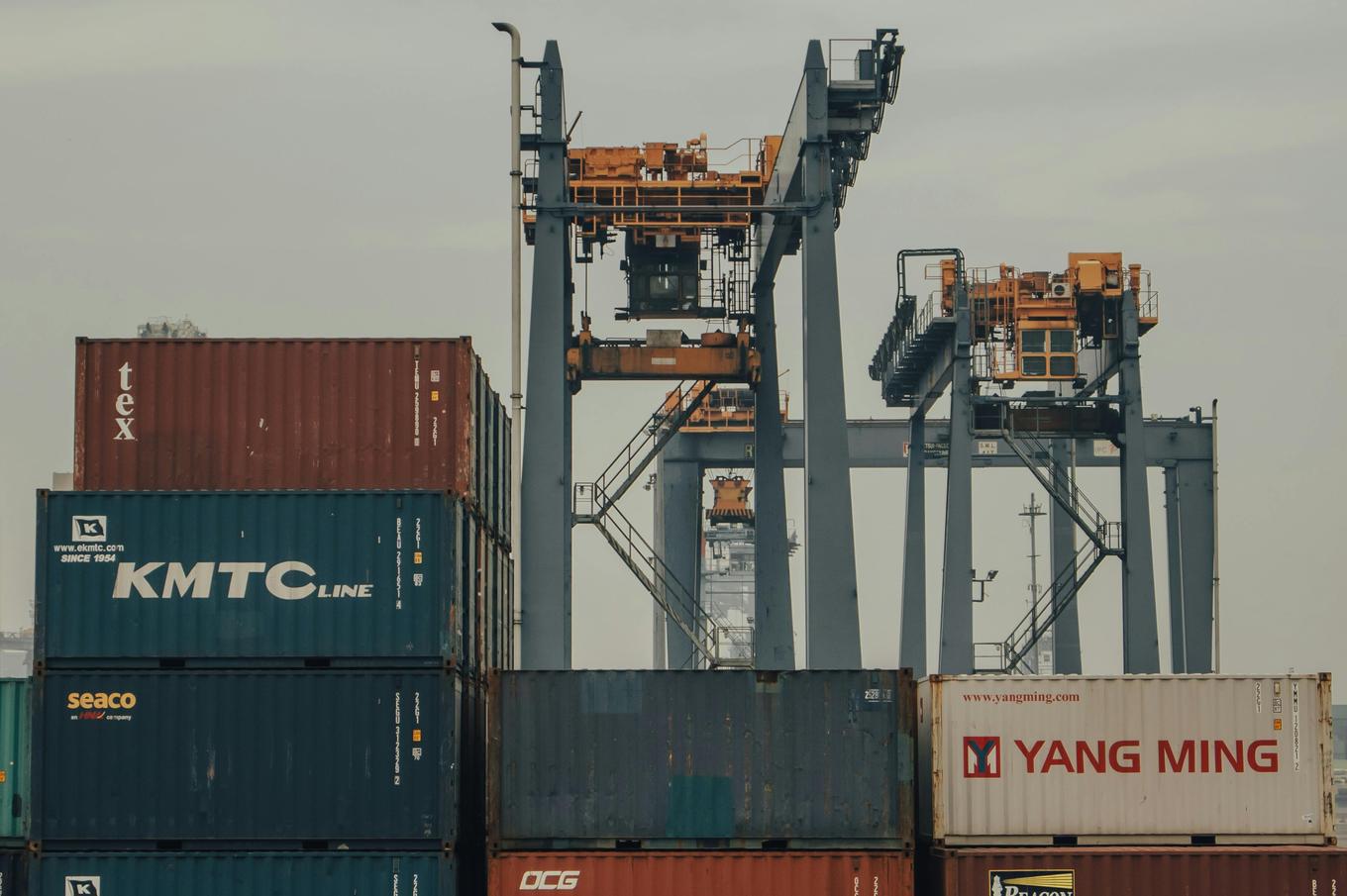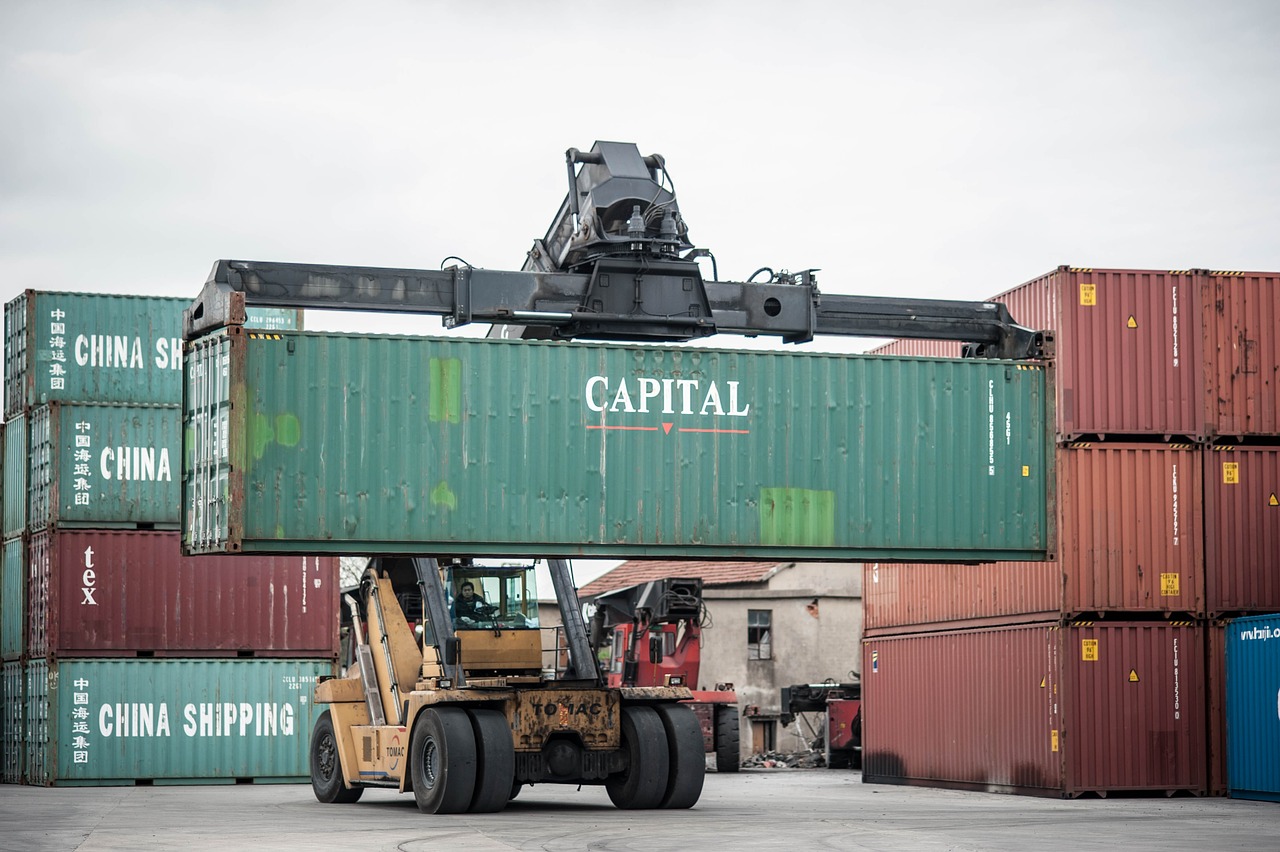- Shanghai Zhongshen International Trading Co., Ltd. – Your reliable partner with 20 years of import/export agency service expertise.
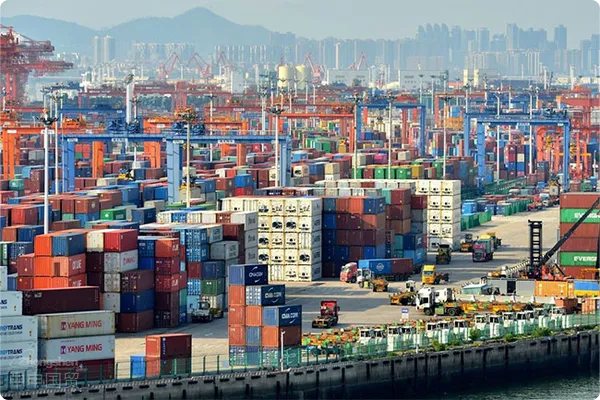
?Equipment Export?The Three Unique Aspects of Clearing the Game
Compared with ordinary goods trade, equipment exports exhibit marked differences within the 2025 customs-supervision framework:
- The complexity of HS code determination has increased by 40%. – 23 new sub-categories added to the classification of mechanical and electrical products
- The document preparation cycle has been extended by 2–3 times. – The equipment operating parameter table must be submitted simultaneously
- Inspection rate surpasses industry average – In 2025, the unpack-and-inspect rate for mechanical and electrical equipment reached 28%.
Key Control Points in the Full Process of Customs Declaration by Agent
Professionalforeign tradeThe standardized workflow of an agency consists of six stages:
- Pre - classification stage
- Device Functional Image Acquisition
- Core Component Material Analysis
- Application for customs classification advance rulings
- Declaration preparation phase
- 2025 Export License Application
- Multi-country certification document compliance verification
- Filing of Special Transportation Plan
- On-site clearance phase
- Dynamic declaration strategy adjustment
- Inspect the emergency response mechanism
- Real-time Tax and Fee Estimation System
Cost Control and Compliance Balance Strategy
According to Customs General Administration Announcement No. 47 of 2025, equipment-exporting enterprises should focus on:
- Change in the Standard for Determining Declared Value – Technical-parameter weight increased to 60%
- Adjustment of the Basis for Calculating Demurrage Charges – A late fee of 0.05% of the goods’ value will be charged per day
- New Regulations on Transit Transport – Inland customs inspection rate exceeds 15%
Risk Avoidance: Real-World Case Analysis
A case of a laser cutting machine exported to Germany:
- Risk points: EU CE certification version expired
- Solution: Initiate the upgrade certification 60 days in advance
- Achievement Data: Avoid a €250,000 return-shipment loss
The core value of professional agency services lies in establishingFull-process risk early-warning systemBy anticipating the 2025 customs-supervision priorities, the abnormal-clearance rate can be cut by 76%. Companies should focus on whether their broker can keep its electromechanical-products clearance database current and whether it fields a professional team ready to handle technical trade measures.
? 2025. All Rights Reserved.
